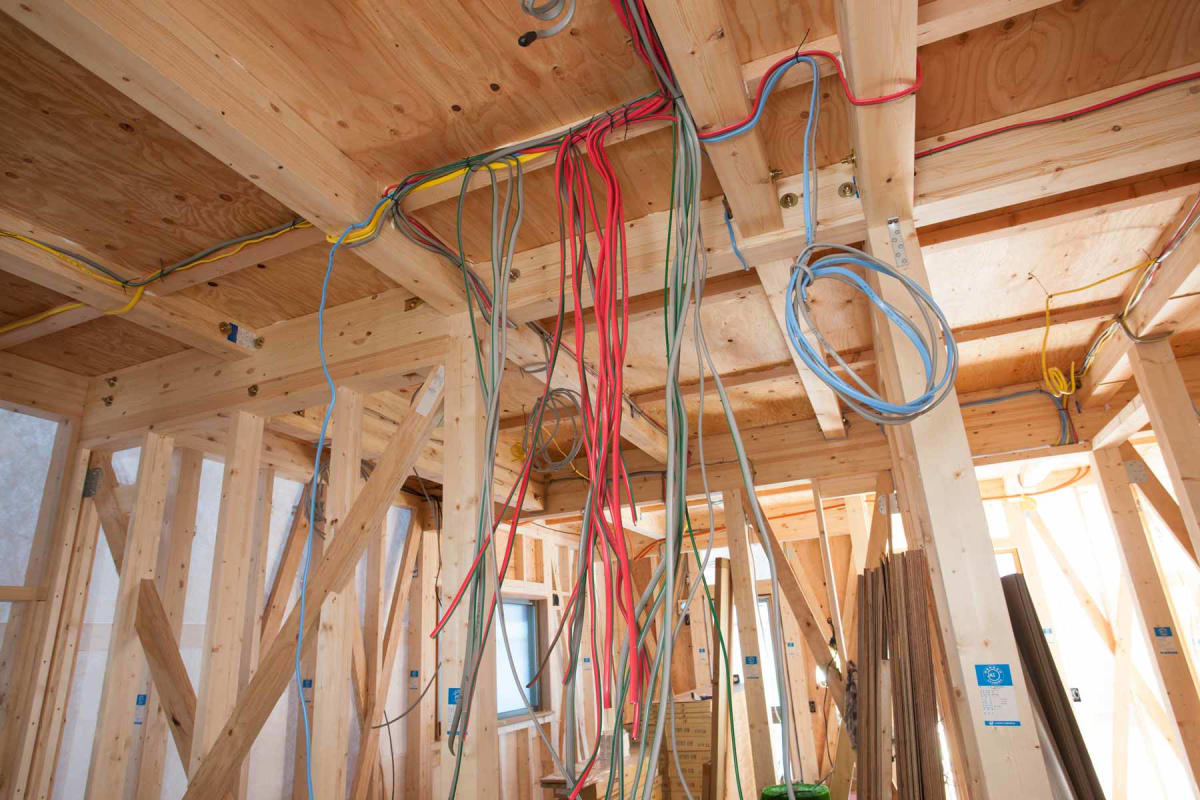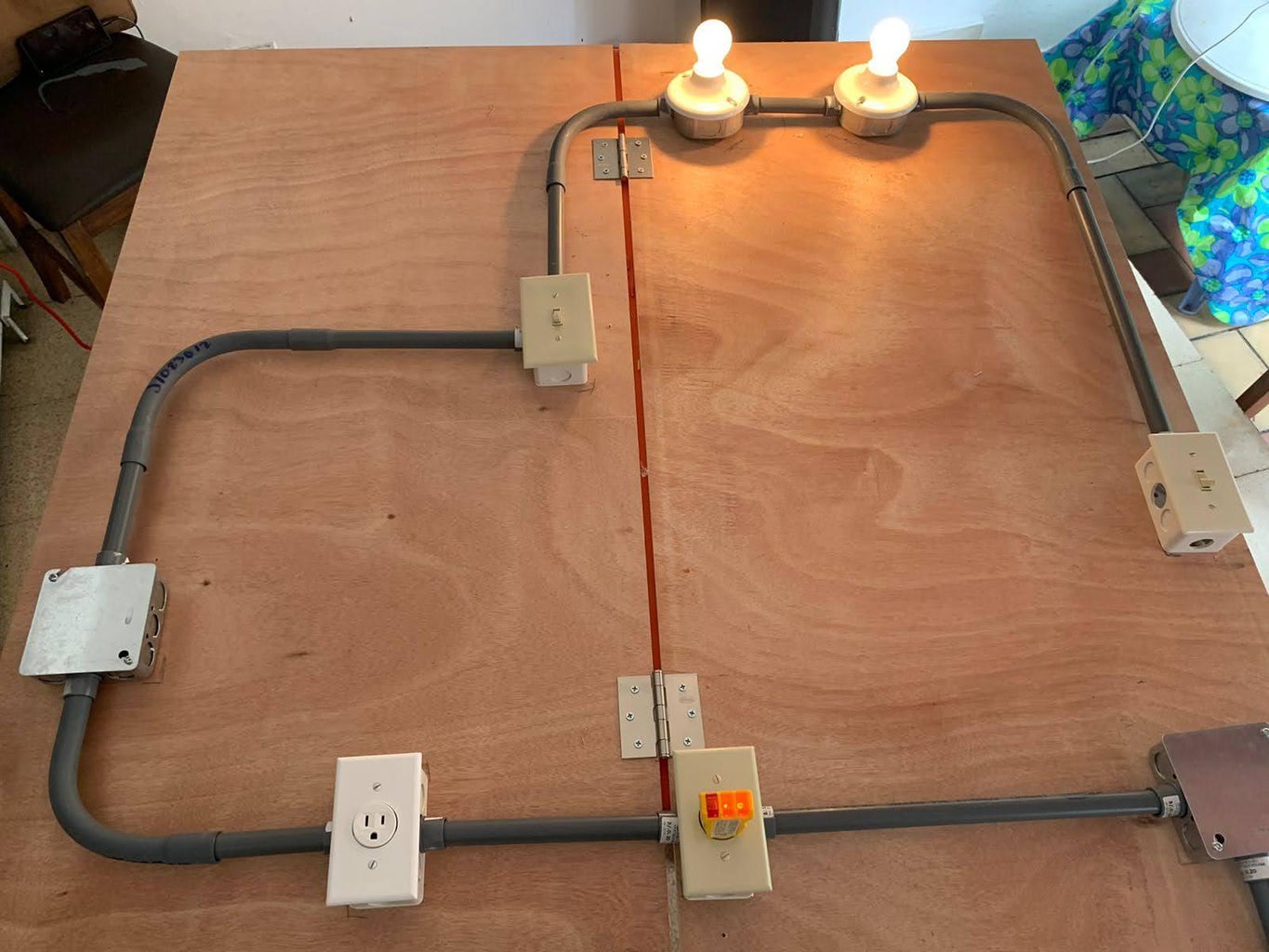Top-Notch BRE Electrical Services for Residential and Commercial Requirements
Wiki Article
The Ultimate Overview to Electrical Installation: Tips and Strategies for a Safe and Efficient Home Electrical Wiring System
In the world of home maintenance, few elements are as critical yet usually ignored as the electric circuitry system. By exploring the subtleties of electrical security steps and energy-saving methods, this thorough overview will drop light on the intricacies of home electrical wiring, equipping people to take fee of their family's electric facilities.Understanding Electric Security Procedures
To make certain the safety and security of both people and residential property, understanding and executing proper electric safety actions is vital in any home wiring project. It is important to carry out a complete evaluation of the electric system prior to beginning any kind of circuitry task to recognize prospective threats or concerns that require to be resolved.Moreover, making use of the suitable devices and equipment is important for preserving safety during electrical setups. Shielded handwear covers, voltage testers, and safety glasses are some of the standard security gear that need to be put on to prevent electric shocks or accidents. It is also crucial to de-energize circuits before servicing them and to classify all circuits and breakers clearly to stay clear of confusion.

Essential Tools for Home Electrical Wiring
Making sure the proper application of electric safety and security procedures in home wiring tasks includes utilizing a specific collection of important devices designed to facilitate the installment process effectively and securely. Some of the trick devices needed for home wiring projects include a voltage tester for inspecting real-time cords, wire pole dancers for removing insulation from cords, a cable cutter for exactly cutting wires to size, a screwdriver established for protecting electric elements, electric tape for insulation and securing links, a wire ripper for stripping cable television sheathing, and a multimeter for gauging voltage, current, and resistance.Step-by-Step Electrical Installation Overview
Beginning an electrical setup job needs thorough planning and adherence to security guidelines. Before beginning any kind of job, guarantee you have a comprehensive strategy detailing the layout of the electric system, including the placement of electrical outlets, buttons, and components. Think about the power demands of each tool to figure out the appropriate wire gauge and breaker sizes.The primary step in the installation process is to shut down the power supply to the area where you will be functioning. Use a voltage tester to validate that the circuits are de-energized prior to touching any wires. Next off, thoroughly get rid of existing fixtures or electrical outlets and detach the cords.
When setting up new electrical wiring, run wires via wall surfaces and ceilings, securing them in position with suitable fittings. Follow neighborhood building ordinance and producer instructions for appropriate cable setup and connections. BRE Automation Australia. Ensure to identify wires for easy identification and future upkeep

Troubleshooting Common Electrical Wiring Issues
Having actually completed the setup process as described in the previous subtopic, troubleshooting typical circuitry issues is a crucial ability for making certain the safety and security and functionality of your electric system. One usual issue is a tripped circuit breaker, frequently triggered by overloaded circuits or a short circuit. To troubleshoot this, situate the breaker panel, determine the tripped breaker by looking for the one not completely in the "on" placement, and reset it by flipping it fully to "off" and afterwards back to "on." One more prevalent problem is a malfunctioning outlet, characterized by no power or periodic power supply. Guarantee the outlet is not controlled by a switch, BRE Electrical then utilize a voltage tester to check for power. If there is no power, shut off the circuit, evaluate the electrical wiring connections for any loosened or damaged wires, and replace the outlet if needed. Continuously flickering lights can show loosened wiring links or an overloaded circuit. To resolve this, check and tighten up all wire links in the impacted components and switches and redistribute the load on the circuit to balance the electric need. On a regular basis evaluating and immediately addressing these typical circuitry concerns will preserve the safety and efficiency of your home electric system.Tips for Energy-Efficient Electrical Systems
For optimum energy effectiveness in electric systems, applying clever techniques and making use of energy-saving modern technologies is paramount. One crucial idea for accomplishing an energy-efficient electric system is to update to LED lighting. Appropriate insulation and securing of windows, doors, and electrical outlets can likewise prevent energy loss, ultimately lowering the work on electric systems.Verdict
Finally, implementing proper precaution, making use of necessary devices, following a detailed installation guide, troubleshooting common issues, and incorporating energy-efficient suggestions are vital for a safe and efficient home wiring system. By adhering to these practices, property owners can guarantee the long life and functionality of their electric setups. It is necessary to prioritize safety and performance when it pertains to electrical operate in order to stop prospective threats and to maintain a trustworthy electric system in the home.Report this wiki page